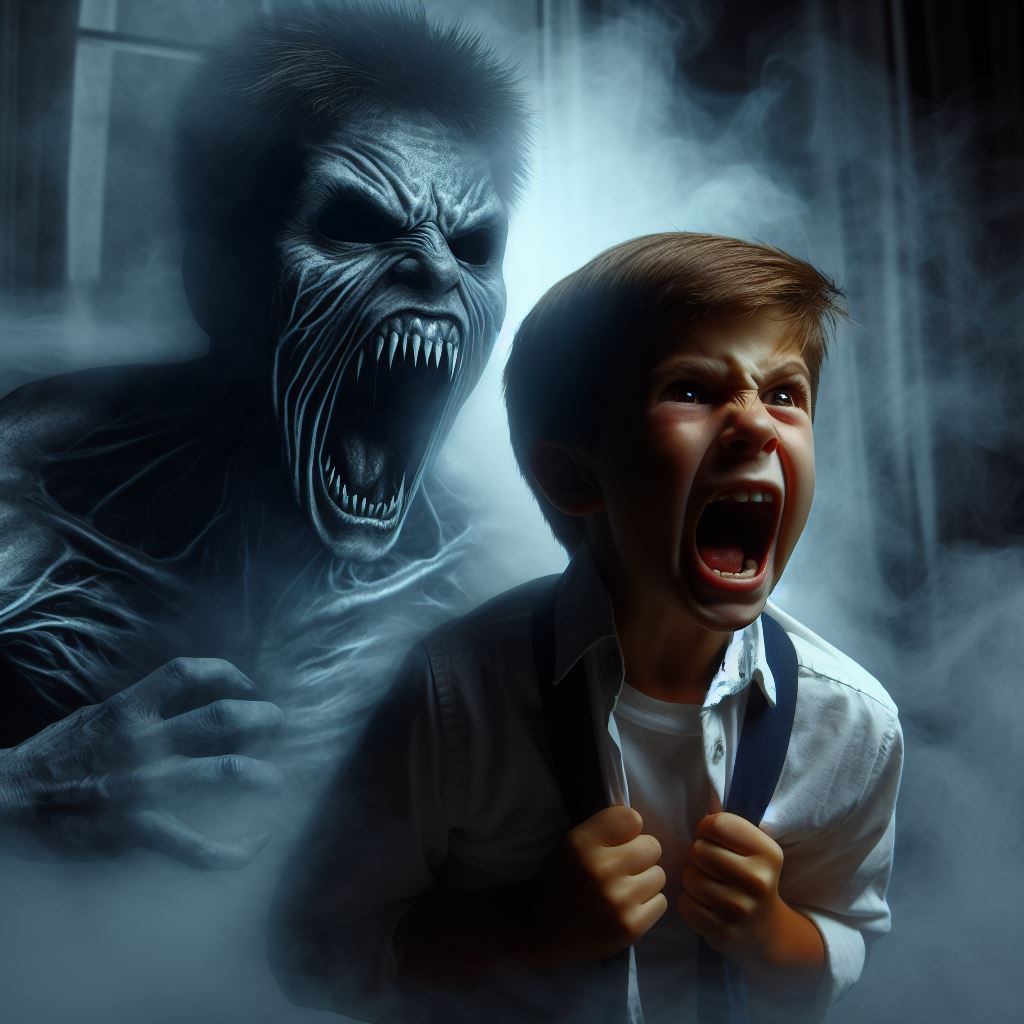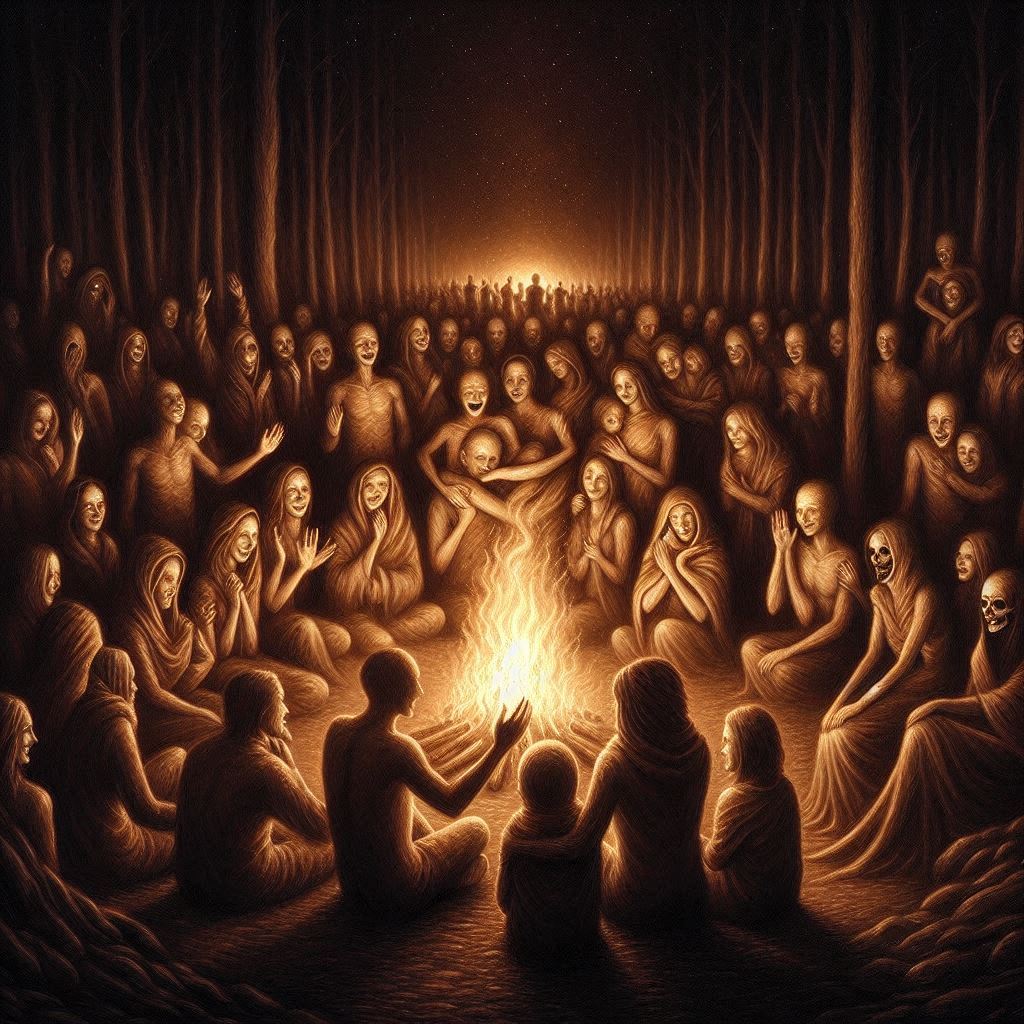Tag: Inner Strength
-
Navigating Community as a Plural: Lessons, Challenges, and Hopes
Navigating community as a plural brings unique challenges, lessons, and moments of hope. In this deeply personal piece, The Fam shares their journey of finding connection, healing, and balance while exploring the complexities of survivor spaces, empathy, and self-discovery
Written by



